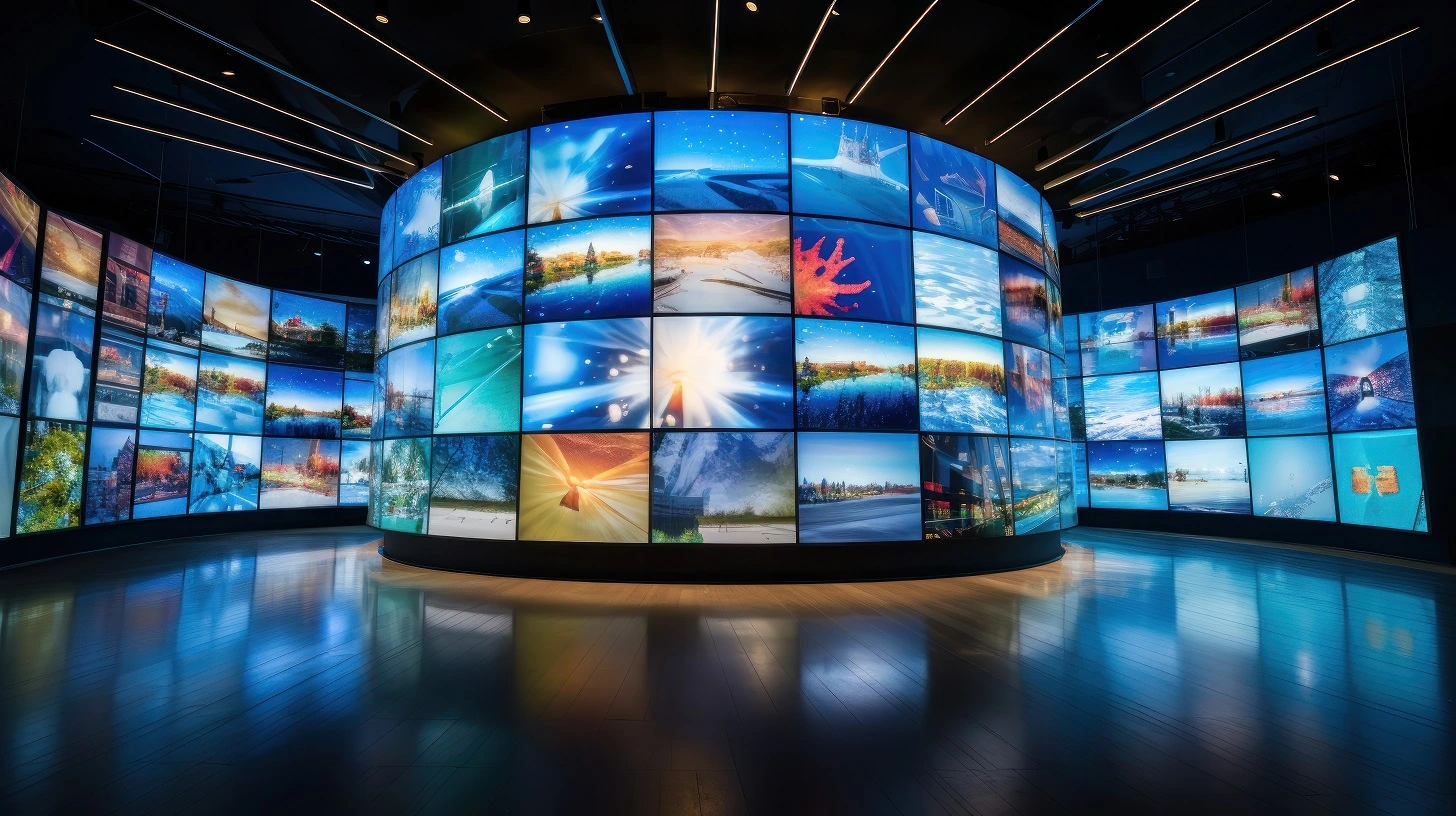Exploring the Diverse Integration Solutions Available for Light Emitting Diode Display Modules
Exploring the Diverse Integration Solutions Available for Light Emitting Diode Display Modules
Blog Article
Light Emitting Diode wall units have secured traction for their ability to deliver high-quality visuals in multiple settings, from corporate environments to entertainment venues. One of the most significant aspects of these panels is their connectivity capabilities, which allow users to connect them to multiple devices and systems. Comprehending the diverse input options available for LED wall panels is essential for maximizing their use and effectiveness. This article details these features, showcasing how they can adapt to specific needs and preferences.
One frequent connection approach for LED wall panels is HDMI. High-Definition Multimedia Interface is broadly recognized for delivering crisp video and audio signals between devices. This connection type is particularly beneficial in commercial environments, such as conference rooms or training rooms, where presentations or video content are often displayed. By using digital connectors, users can easily connect laptops, projectors, and streaming devices to LED wall panels, guaranteeing a sharp and vibrant display of media.
Another popular interface option is DisplayPort, which is similar to HDMI but offers enhanced benefits. DisplayPort can support higher refresh rates and resolutions, making it an ideal choice for interactive media or graphic-intensive applications. For those using Light Emitting Diode wall panels in settings where output quality is essential, such as competitive gaming venues or creative workspaces, DisplayPort can provide the necessary visual clarity. Moreover, many modern computers and graphics cards feature DisplayPort connections, making it a practical solution for tech-savvy users.
In contrast to High-Definition Multimedia Interface and Display Port, cordless connectivity options are becoming progressively common in Light Emitting Diode wall panel technology. Wireless interfaces allow users to share content without the requirement for physical cables, promoting a cleaner and more flexible configuration. Platforms such as wireless internet led wall panel manufacturers and Bluetooth enable users to connect smartphones, smart home lighting features tablets, and laptops seamlessly to Luminescent Diode wall panels without tangled wires. This versatility is especially beneficial in dynamic environments like exhibitions or live functions, where rapid adjustments to displays are often required.
For extensive deployments or more complex setups, LAN integration through wired networking is another reliable solution. Ethernet connections provide a stable and reliable way to connect multiple LED wall panels within a system. This setup is suitable for electronic display use cases found in shopping malls or transport hubs, where numerous panels may need to display coordinated content across a broad area. By using Ethernet cables and routing hardware, operators can ensure that all connected panels receive uniform data and content efficiently.
Finally, it's crucial to evaluate the evolution of connectivity with technologies such as USB-C and Thunderbolt 3. These next-generation connection types offer enhanced data transfer rates and flexibility by allowing one connector to handle both energy transfer and data exchange. As more systems incorporate these protocols, Light Emitting Diode wall panels equipped with USB-C ports will likely become more prevalent. This shift in integration not only improves the capabilities of Luminescent Diode wall panels but also coincides with the emerging trend of minimalistic design in hardware arrangements by reducing the number of cables required.
In conclusion, exploring the diverse connectivity options available for LED wall panels reveals many possibilities for users across various industries. From conventional methods like HDMI and DisplayPort to modern wireless solutions and LAN setups, each option serves unique functions suited to distinct needs. Additionally, next-gen technologies like Universal Serial Bus-C promise further advancements in how users interact with LED wall panels. By understanding these connectivity alternatives, end-users can make strategic decisions that optimize their overall engagement with these versatile display tools.